Smarter EV charging could slash utility bills by 10% for every U.S. household - new report
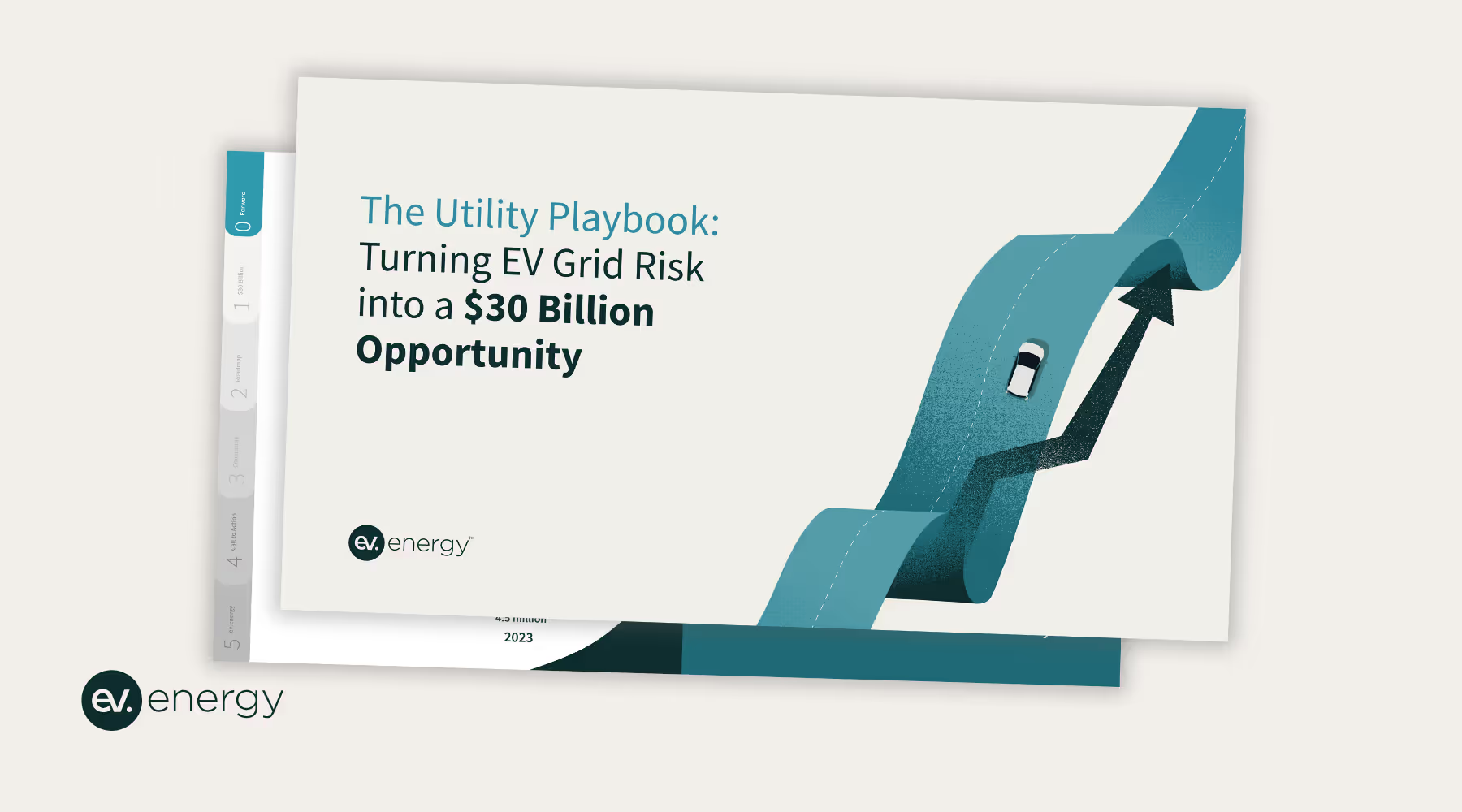

- Utilities can unlock up to $30 billion annually in savings by 2035 by embracing ‘managed charging’ approach, shifting EV charging times to when electricity is cheapest and cleanest, according to new report.
- Each actively managed EV can create up to $575 in avoided costs for utilities, translating to $200 in annual savings for all households while meeting growing energy demand and improving reliability.
- New report from ev.energy establishes practical roadmaps for utilities and regulators to follow to unlock the multi-billion-dollar opportunity to turn EVs into a valuable energy asset.
PALO ALTO, CA, August 21, 2025 — Electric vehicles (EVs) could save utilities and ratepayers annually up to $30 billion by 2035 and cut every US household’s utility bill – irrespective of their EV ownership – by up to 10% annually, according to a new report from ev.energy on managed charging.
The report, The Utility Playbook for Turning EV Grid Risk into a $30 Billion Opportunity, with research from The Brattle Group, calls on utilities and regulators to adopt EV flexibility to support energy reliability and affordability, at a time when U.S. energy grids are under unprecedented strain.
EVs are one of the fastest growing sources of new energy demand – set to add up to 100TWh of annual load by 2035 as 78.5 million EVs enter U.S. roads. Uniquely, EVs provide significant levels of energy flexibility, saving utilities on costly, premature upgrades. Each actively managed EV can save utilities an average of between $145-$575 per year for every customer enrolled. Adding bidirectional charging, or vehicle-to-grid, more than doubles these benefits, providing an annual avoided cost exceeding $1,300 per vehicle. The report shows how managed charging is a tool that delivers immediate value to all ratepayers.
Nick Woolley, CEO of ev.energy, said: “As demand grows, and the world electrifies, there’s a real risk that households across the US will face higher energy rates. The challenge for utilities is demand is rising fast, and traditional solutions - like building power stations - are slow to deliver and costly. The great news is there is a solution. If we can unlock demand flexibility from EVs, we can turn EV load growth from the problem, to the solution. This will enable us to reduce rates for everyone - not just EV owners - turning the risk of energy price inflation into an opportunity to reduce rates by an average of 10% by 2035.
“Managed charging is far beyond a clean energy transition box to check; it’s an opportunity to unlock the flexibility needed to secure reliable, affordable energy for communities across North America. Our message to utilities is clear: the time to act is now. Regulators, utilities, and the entire energy ecosystem must act now to unlock the true potential of managed charging and build the grid of tomorrow, today.”
Through advanced platforms like ev.energy, EV charging is optimized for real-time grid conditions. Doing so creates two-way communication between EVs and the grid, allowing charging to be scheduled to align with driver preferences and needs, while reducing peak energy demand that would otherwise require expensive infrastructure upgrades. Managed charging offers a superior route to deliver maximum savings for drivers and utilities, while meeting growing energy demand and supporting grid optimization.
Unlike Time-of-Use (ToU) rates, which incentivize consumers to shift their energy use to off-peak times and can cause harmful secondary peaks, managed EV charging eradicates threats of harmful demand peaks as energy demand increases altogether, while providing immediate value to ratepayers.
The report shows that without smart coordination, the rising demand for EV charging alone can spike evening peaks, straining local infrastructure. The adoption of managed charging provides utilities with a powerful tool to align demand with grid capacity, reduce infrastructure costs, improve reliability, and meet both decarbonization and equity goals – all while saving customers up to 10% on average on home utility bills, equivalent to $200 per household in energy savings.
By taking advantage of the unique value proposition of EVs – poised to become the foundational building blocks of Virtual Power Plants (VPPs) – managed EV charging can:
- Unlock capacity to enable more energy to be delivered with existing infrastructure across generation, transmission, and distribution.
- Reduce energy costs through active load shaping, aligning with the cheapest hourly prices and preventing curtailment at times of high renewable output.
- Stabilize the grid through dynamic dispatching, with real-time response in seconds.
Ryan Hledik, Principal at The Brattle Group, said: “Past analyses have shown that Virtual Power Plants can deliver reliable power at costs up to 60% lower than traditional generators. This new research goes further – offering a rigorous, quantitative framework that confirms EV flexibility as a critical, cost-effective tool for preserving both grid reliability and affordability.”
Maximizing EV value for the utility
Utilities across the country are facing a myriad of challenges – from extreme weather to aging infrastructure and increasingly volatile weather. Managed charging can help alleviate these challenges, modernize and stabilize the grid while enhancing cost-efficiency and equity.
The report maps the route for utilities achieving full value from managed charging. The “value stack” includes six layers of savings or cost-avoidance, building up to full V2G, whereby the EVs store and send power to the grid, giving drivers income for exporting energy, on top of savings.
The impact of managed charging has already been proven through the 35+ programs administered by ev.energy across North America – testing and validating the real-world benefits of managed charging while creating a blueprint for future programs.
Programs across the country have proven to significantly cut utility and customer costs, including:
- ChargeWise California (MCE & SVCE): pilot saw sub-metered dynamic pricing and automated managed charging, offered as a plug-and-play add-on to standard rates. Program saw 98% of energy off-peak (versus 60-70% with Time of Use tariffs) and $200/ year in average customer saving.
- AES (Indiana): study identified ‘tipping point’ at just 5% of system-wide EV adoption, representing the point at which investments in grid-optimized manage charging and EV visibility provide annual benefits that surpass annual costs.
These real-world examples demonstrate that managed charging is equitable, effective, and scalable today, setting the critical foundations for widespread adoption.
Zach Woogen, Executive Director at Vehicle Grid Integration Council (VGIC), said: “This essential playbook from ev.energy and The Brattle Group underscores the $30 billion opportunity for vehicle-grid integration solutions. The Cost-Avoidance Stack offers a clear, data-driven roadmap for utilities and regulators to leverage EVs beyond mobility as critical, scalable grid resources. It’s a must-read guide to building a more affordable, resilient, and reliable energy future.”
There are several policy recommendations for regulators to take to achieve up to $30 billion in avoided costs by 2035:
- Provide a pathway for innovation in the regulatory process by offering flexible pathways for utilities to test and adopt new solutions.
- Avoid the “death by pilot” conundrum by leveraging insights from existing pilots to develop managed charging programs across jurisdictions.
- Integrate managing charging into Integrated Resource Plans, Distribution System Plans, and Demand-side management strategies to enable utilities to incorporate a full suite of solutions into system forecasts.
More than 800 utilities across the U.S. have approached or even surpassed the EV tipping point, ev.energy’s latest report highlights the risk of inaction on managed charging, while cementing the US-wide utility system benefits of immediate adoption.
ENDS
Notes to editors
For media enquiries, please contact:
Max Boon +44 (0)77 65 325 141 max.boon@greenhouse.agency
Additional supporting quotes
Garrett Fitzgerald, Senior Director, Research & Industry Strategy, Transport Electrification at Smart Electric Power Alliance, said: "I’ve championed value stacking for over a decade—a strategy as vital for managed EV charging as for energy storage. Building on SEPA’s State of Managed Charging reports, this report pairs the Cost-Avoidance Stack with a step-by-step Utility Roadmap to help utilities turn vehicle-grid integration from promise into practice. It will be a highly valuable resource for utilities and regulators alike."
About ev.energy
ev.energy exists to connect everyone to greener, cheaper, simpler EV charging — managing the world’s EV charging, everywhere. ev.energy provides a scalable, inclusive, and proven end-to-end platform that turns electric vehicles and other distributed energy resources into flexible grid assets, unlocking real value for energy providers, consumers, and the planet. With a global base of utility, vehicle OEM, and EVSE partners, ev.energy is a leading force in smart charging.
Learn more at https://www.energy.energy/.
.png)
.png)

.avif)
.avif)



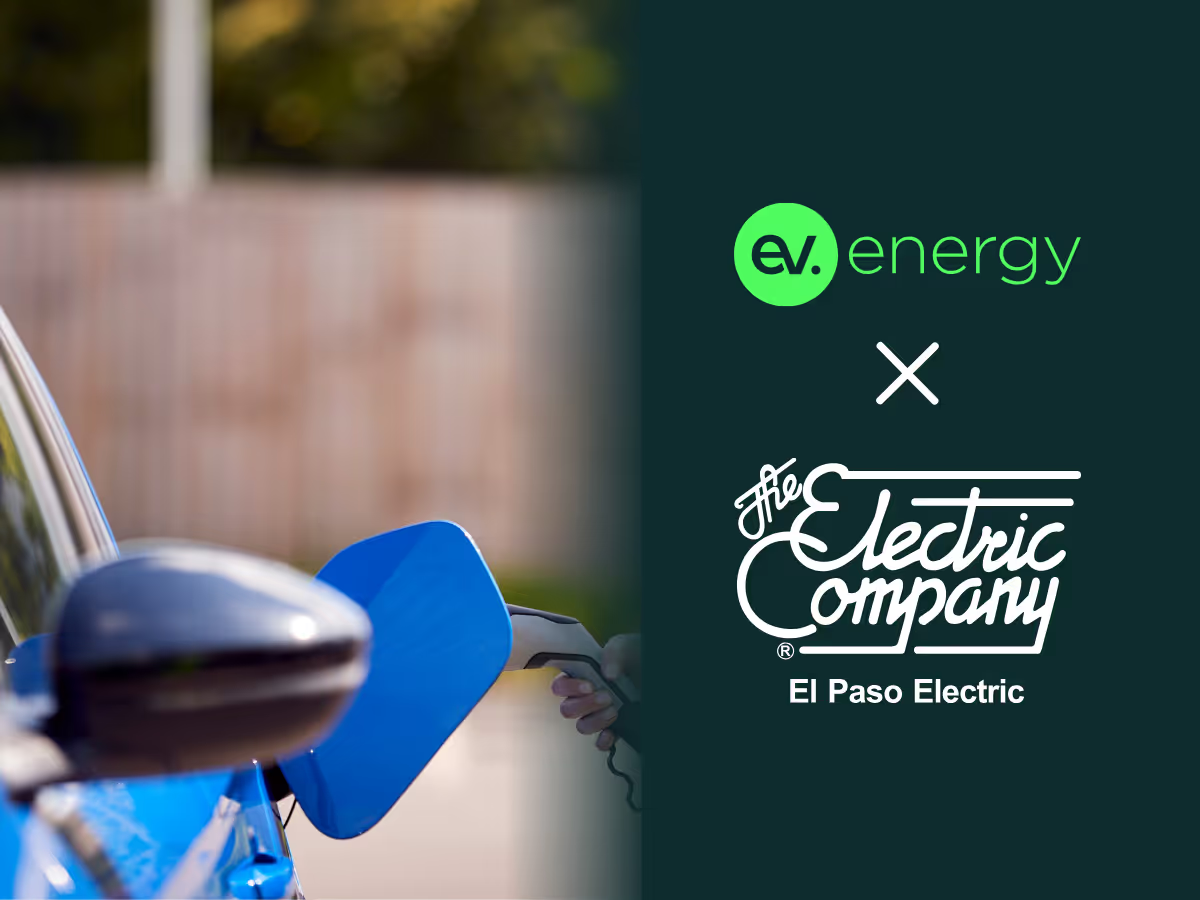
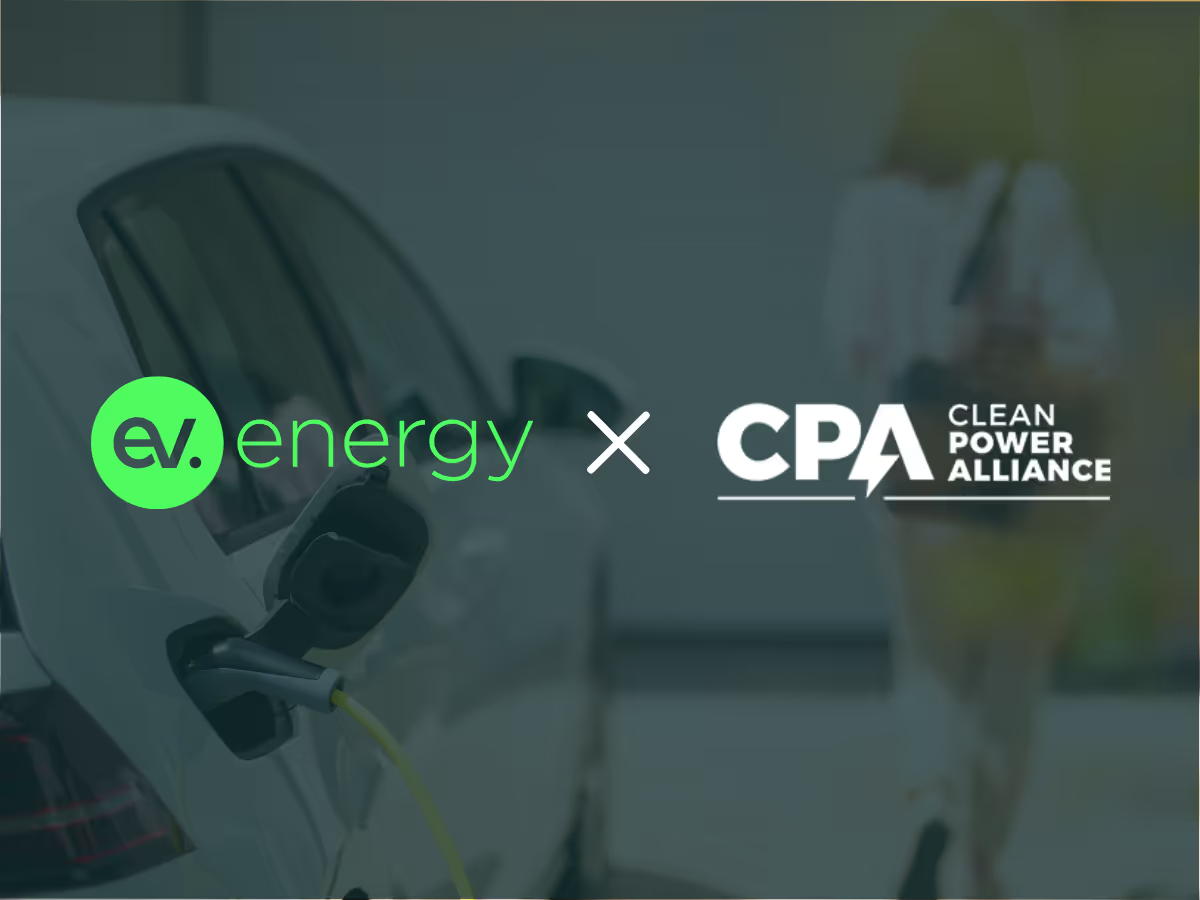
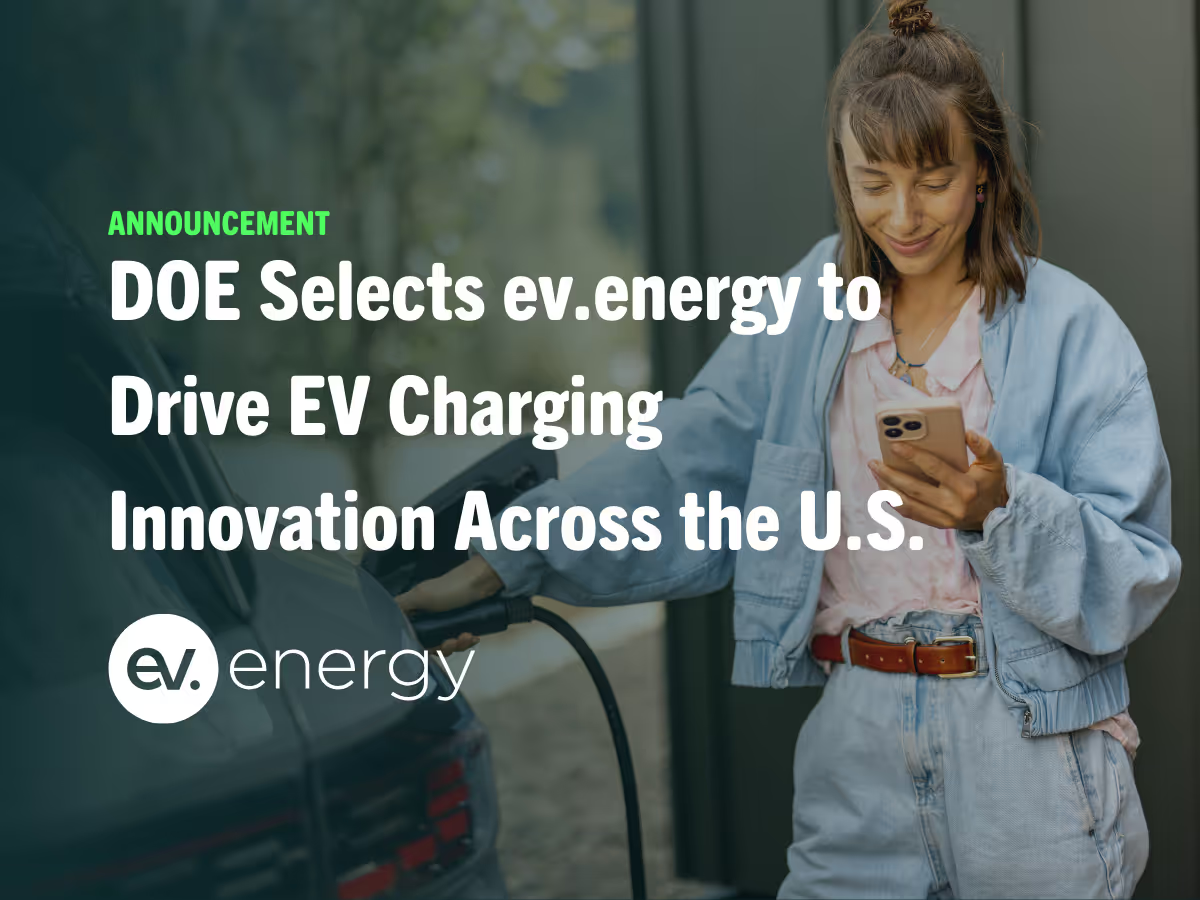

.avif)
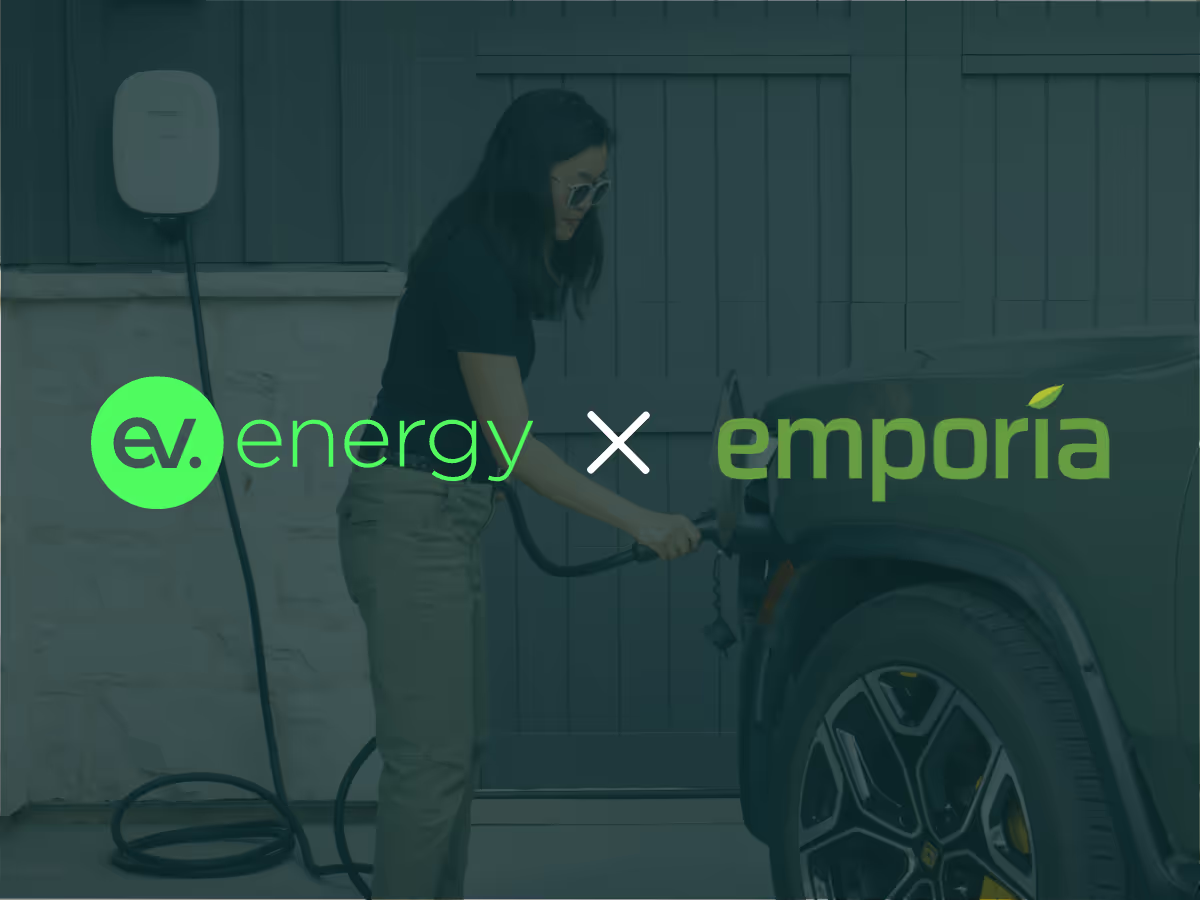










.avif)



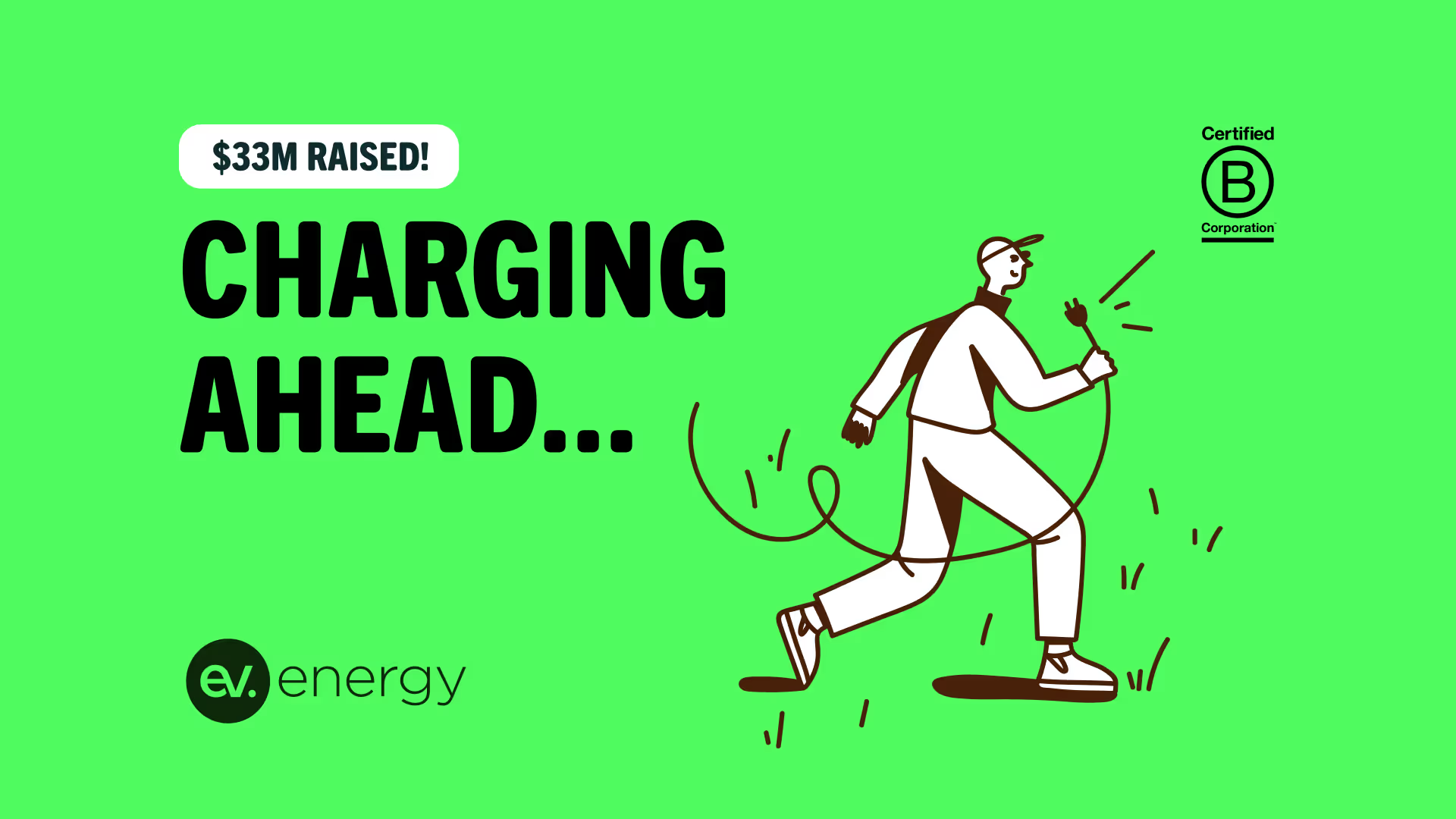






.avif)












































